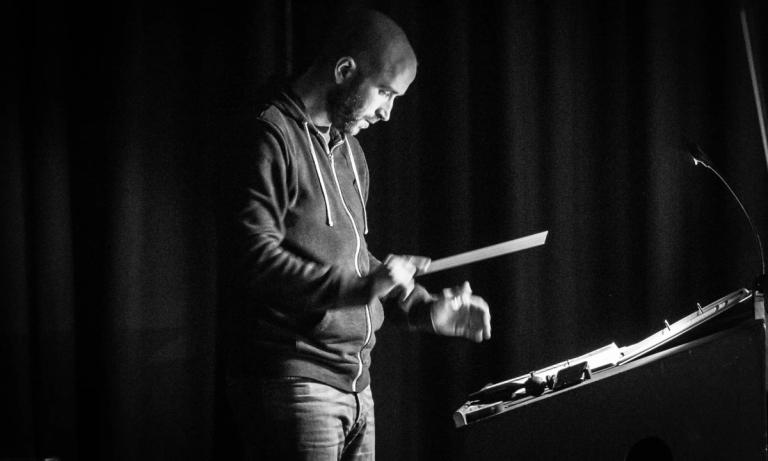
Every student deserves the very best music education possible. They need the curriculum and resources in the classroom to develop as well-rounded musicians. They need the opportunity to listen, compose, and perform. We need them to be curious, creative, and confident. Involvement of all students can be a challenge in a mixed-ability classroom, but I believe there are some ways of tackling this issue.
Soundtrap for Education is a tool that will ensure you involve all the students in your classroom. Not only is it engaging, it is user-friendly and will take students from their first beat to their big hit! So, how can we use it to reach every student in our classroom?
Firstly, as the teacher, you need to be confident with Soundtrap. This will involve you using it regularly to create your own music. When you come up with a lesson idea, you need to try it out on Soundtrap to see how it might work. You can then start to think about the ability range of your students.
Secondly, you need to consider your curriculum and determine how Soundtrap might fit in. When you have a topic you want to bring to life, it might be that Soundtrap will help you do that.
Cloud-based software is fantastic because it means that students can start working in the classroom and finish at home. If a student is off school for any reason, they can complete work at home using their laptop, tablet or phone. This means that every student is involved in the learning even if they can’t physically make it into school. I once had a student who broke their leg, and they were able to sit at home and make music.
Have you ever taught something that students don’t really seem to understand? I know I have, and often upon reflection, I realise that I haven’t really given them enough chance to explore that particular topic. My aim, therefore, is to ensure that students have a chance to not only discover knowledge but also explore it practically. This doesn’t work for everything, but most critical areas of music education can be unlocked and explored using performing, listening, and composing. Practical work can help students to look at key terms from a different perspective and then hear them in action.
Let me give you an example: time signatures. If you want to teach students about the difference between 4/4, 3/4 and 6/8, then why not use Soundtrap? You could create an example that uses all 3 and allow students to create their own patterns using each time signature. This kind of task will get all of the students involved in creating music that explores a key concept. Soundtrap will also allow collaborative work where students could work together to explore the different time signatures.
The above example is not “rocket science”, but it is a starting point for this approach. When we use software to bring music to life, we involve everyone. Not only do we engage the more confident musicians, who can be pushed to explore more variety, but we also get the less confident students to create something. The collaborative functionality of Soundtrap also means that students can be paired up to discover music together. This can be helpful for less confident students.
Using Soundtrap can start with simple patterns, beats and loops. But it can also be extended to involve MIDI, multi-track recording and advanced editing. These capabilities mean all students can be tasked with activities that suit their level. If you want to explore structure in music, you might focus on loops and allow students to create a Ternary Form. But if you want to push the more able, you might challenge them to create their own chords and melodies in Ternary Form. MIDI editing allows students to make detailed compositions, which can be hugely rewarding for students who can capture their own ideas.
In essence, Soundtrap works for students who need support with their own musical understanding. But it is also a platform where students can record their own songs and realise their compositions at GCSE and A-Level. As teachers, we need to consider how our students might engage with the software and make sure that we are using it to support our curriculums. It isn’t just a simple cloud-based resource, but it is also not so complex that it is off-putting.
So why not inject some Soundtrap into your curriculum to ensure all students, even those unwell at home, can engage with your latest topics? And when you are next off sick, Soundtrap will be there to keep your students engaged and learning.
James Manwaring
Director of Music – Windsor Learning Partnership
President Elect – Music Teachers Association
About James Manwaring
James is the Director of Music for the Windsor Learning Partnership Multi-academy Trust. He has held the post of Head of Music at The Windsor Boy's School for over 15 years. James is currently the President-Elect of the Music Teachers Association.
